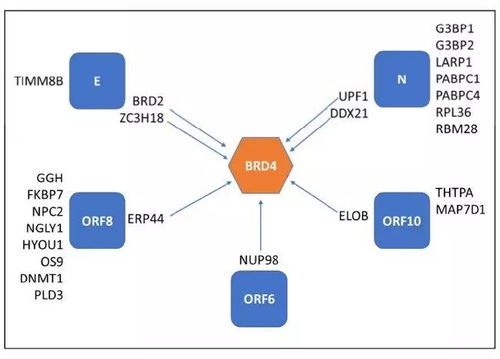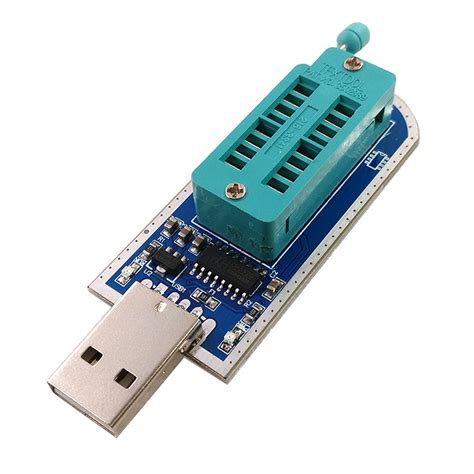编程tcty
Title: Understanding TEAP (TLS Encrypted Application Protocol) in Programming
In the realm of programming, TEAP, or TLS Encrypted Application Protocol, holds significant importance, especially in ensuring secure communication between applications. Let's delve into TEAP, exploring its significance, implementation, and best practices.
Understanding TEAP:
1. What is TEAP?
TEAP, an acronym for TLS Encrypted Application Protocol, is a protocol designed to secure communication between applications over a network. It leverages Transport Layer Security (TLS) to encrypt data, ensuring confidentiality and integrity.
2. Importance of TEAP:
Security Enhancement:
TEAP ensures that data exchanged between applications remains confidential and integral, mitigating risks associated with unauthorized access or tampering.
Data Protection:
By encrypting communication, TEAP safeguards sensitive information from interception by malicious entities.
Compliance:
Adhering to security standards is crucial for regulatory compliance, and TEAP facilitates compliance by providing a secure communication framework.3. Implementation of TEAP:
Implementing TEAP involves integrating TLS encryption into the application's communication protocol. Here's a stepbystep guide:
TLS Configuration:
Configure TLS settings within the application to establish encrypted communication channels.
Certificate Management:
Manage digital certificates for authentication and encryption purposes. Ensure certificates are valid and trusted.
Protocol Integration:
Incorporate TEAP into the application's communication protocol, specifying encryption algorithms, cipher suites, and key exchange mechanisms.
Error Handling:
Implement robust error handling mechanisms to deal with TLS handshake failures, certificate validation errors, and other potential issues.4. Best Practices for TEAP Implementation:
Use Strong Encryption Algorithms:
Employ modern encryption algorithms like AES (Advanced Encryption Standard) for securing communication channels.
Certificate Validation:
Implement strict certificate validation to prevent maninthemiddle attacks. Verify certificate authenticity, expiration, and revocation status.
Key Management:
Safeguard private keys and use secure key management practices to prevent unauthorized access.
Regular Updates:
Stay updated with the latest TLS standards and security patches to address vulnerabilities and ensure optimal security.
Logging and Monitoring:
Implement logging and monitoring mechanisms to track and analyze communication events for detecting anomalies or security breaches.5. Challenges and Considerations:
Performance Overhead:
Encryption and decryption processes can introduce performance overhead. Optimize encryption settings and hardware acceleration to mitigate performance impact.
Interoperability:
Ensure compatibility with different TLS implementations and versions to support interoperability across diverse environments.
Security Risks:
Stay vigilant against emerging security threats and vulnerabilities in TLS implementations. Regularly assess and update security measures to address evolving risks.Conclusion:
TEAP, or TLS Encrypted Application Protocol, plays a pivotal role in securing communication between applications in programming. By implementing robust encryption mechanisms and adhering to best practices, developers can fortify their applications against security threats and safeguard sensitive data. Embracing TEAP not only enhances security but also fosters trust and compliance in an increasingly interconnected digital landscape.
In this comprehensive guide, we've covered the essence of TEAP in programming, from its definition and significance to practical implementation strategies and best practices. If you have any further questions or need clarification on any aspect, feel free to ask!
版权声明
本文仅代表作者观点,不代表百度立场。
本文系作者授权百度百家发表,未经许可,不得转载。











